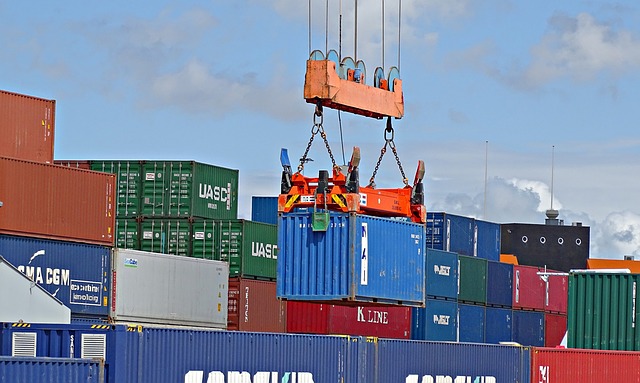-
Philippine merchandise trade declined for the 10th month in a row in November 2020 at US$13.31 billion, 10.6% lower than the $14.90 billion earned last year
-
Balance of trade in November 2020 amounted to $1.73 billion, representing a trade deficit with an annual decline of 52.6%
-
Imports in November 2020 fell 18.9%, the 19th consecutive month of decline
-
Exports rose 3% in November 2020, the fourth month exports recorded an increase in 2020
-
By commodity group, electronic products continued to be the top import and export, while in type of goods, raw materials and intermediate goods were the top import and manufactured foods the top export
The Philippines’ total merchandise trade declined for the 10th month in a row in November 2020 as imports recorded a double-digit contraction anew, according to data from the Philippine Statistics Authority (PSA).
Total merchandise trade in November amounted to US$13.31 billion, 10.6% lower than the $14.898 billion earned in the same period last year. The decline in November was, however, slower than the 11.9% decrease recorded in October 2020, PSA data showed.
Of the total external trade in November 2020, some 56.5% were imported goods, while the rest were exported goods.
The balance of trade amounted to $1.73 billion, representing a trade deficit with an annual decline of 52.6%. This was slower ]faster?[ rate than October 2020’s decline of 50% and November 2019’s fall of 10.4%.
Imports in November 2020 fell 18.9% to $7.52 billion from $9.275 billion year-on-year. This is the 19th consecutive month of decline for imports since May 2019.
The negative performance was due to the decrease in all top 10 major import commodities, led by transport equipment (-42.7%). This was followed by industrial machinery and equipment (-32.6%); and mineral fuels, lubricants, and related materials (-30.2%).
From January to November 2020, imports reached $77.63 billion, 24.5% lower than the $102.88 billion posted in the same period of 2019.
Exports, on the other hand, posted a 3% increase in November 2020 to $5.79 billion from $5.62 billion in November 2019. This was the fourth month that exports recorded an increase last year, following January, February, and September 2020.
Of the top 10 major export commodity groups, seven recorded annual increases, led by cathodes and sections of cathodes, of refined copper (83.2%). This was followed by gold (59.5%) and coconut oil (40.4%).
The remaining three groups posted negative annual decreases led by other mineral products and other manufactured goods, -14.4%; and machinery and transport equipment, -5.9%.
For the January to November period, exports amounted to $57.97 billion, lower by 11.1% than the export value earned from January to November 2019.
By commodity group, electronic products continued to be the country’s top import, accounting for 33.4%, or $2.52 billion, of the total, while also remaining as the top export with a 60.9% share, or $3.53 billion, of the total export bill.
By major type of goods, imports of raw materials and intermediate goods accounted for the largest share at $2.84 billion or 37.7% to the total, while manufactured goods had the highest share to total exports with $4.95 billion or an 85.5% share.
Imports of personal protective equipment and medical supplies in November 2020 decreased 3.4% to $17.97 million from $18.6 million in November 2019. The decline was attributed to decrements noted in the import of surgical gloves (-58.5%); face shields (-38.4%); and testing kits (-20.5%).
By major trading partners, exports to the US comprised the highest value, followed by China, Japan, Hong Kong and Singapore.
China remained as the Philippines’ biggest supplier of imported goods, while the other major import trading partners were Japan, US, Indonesia, and South Korea.





